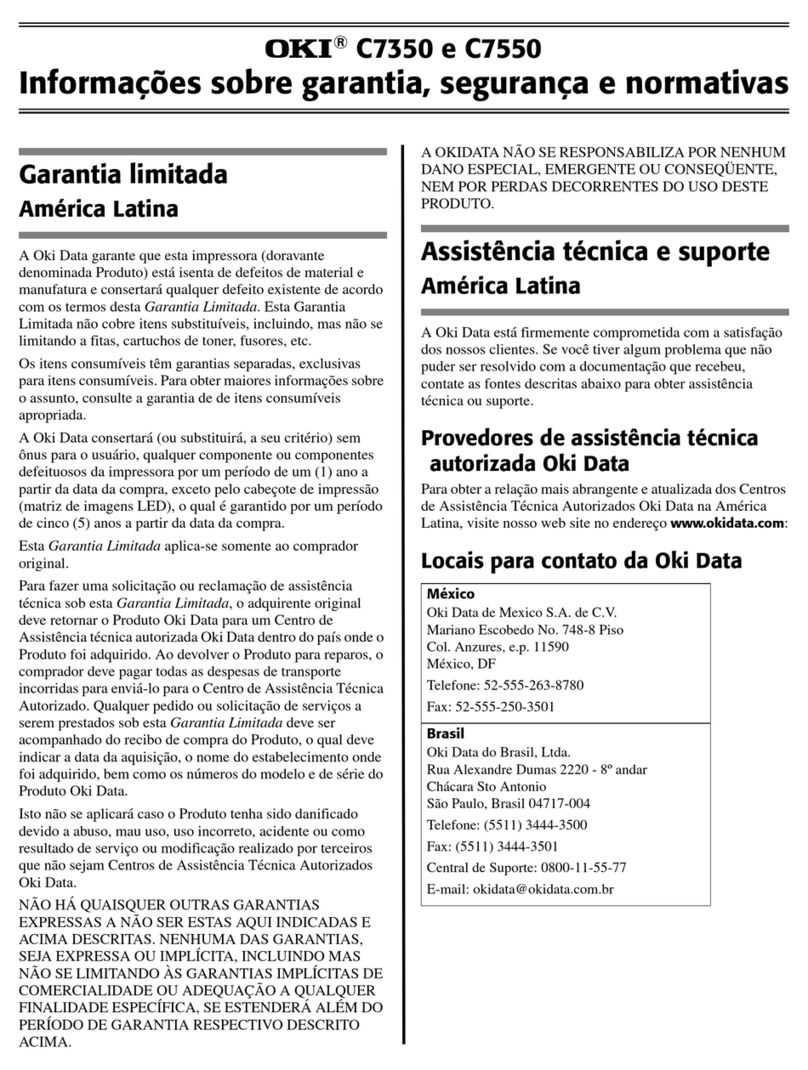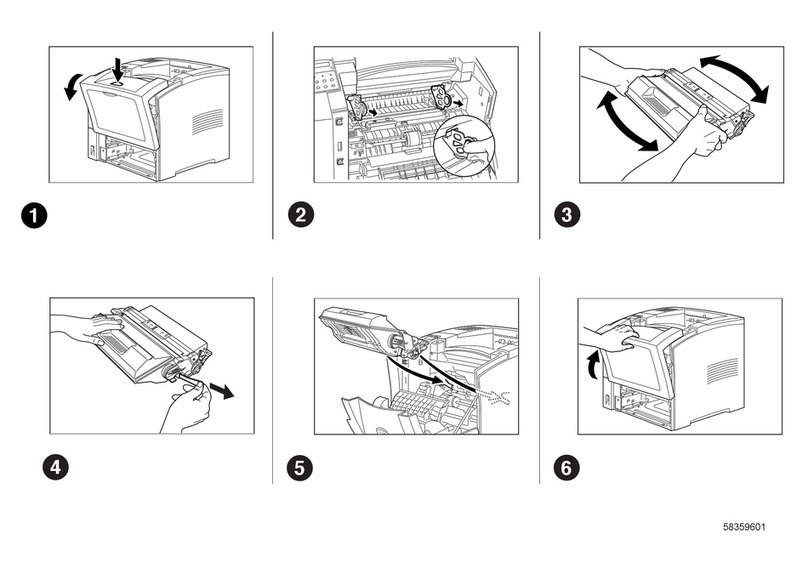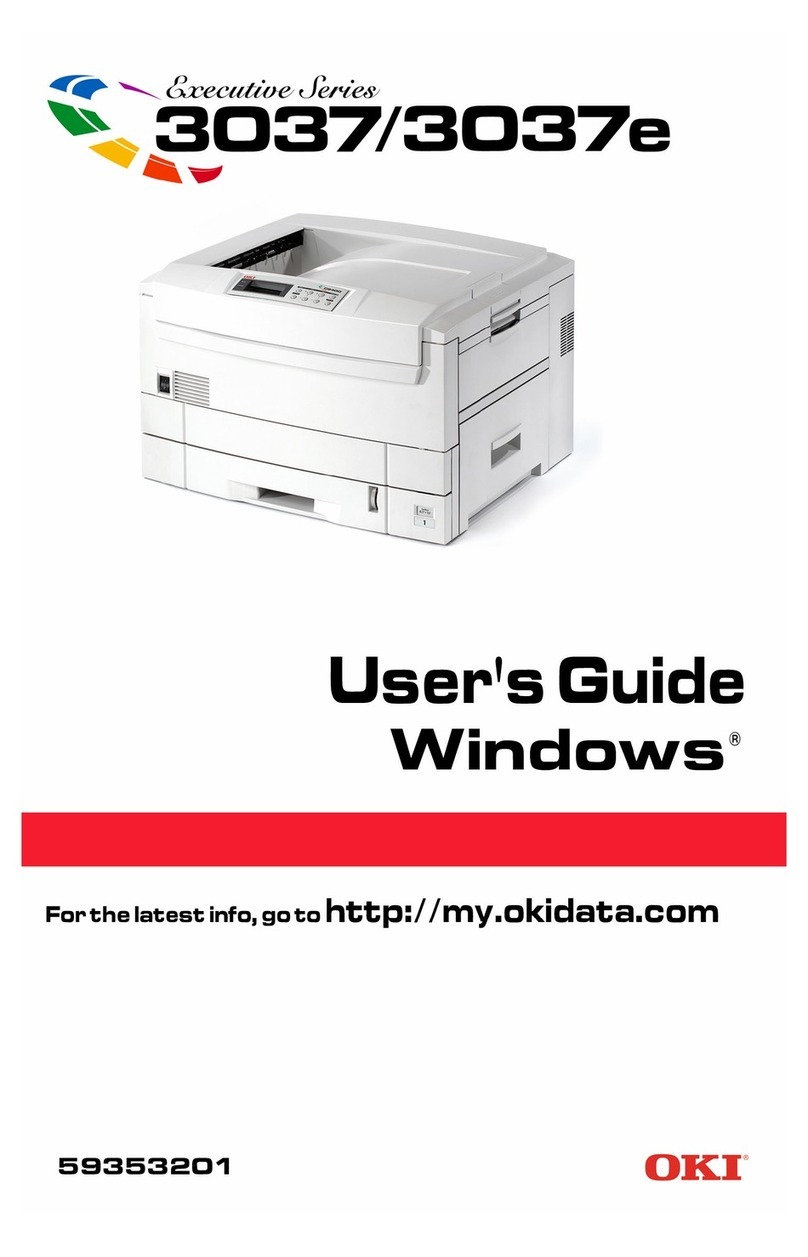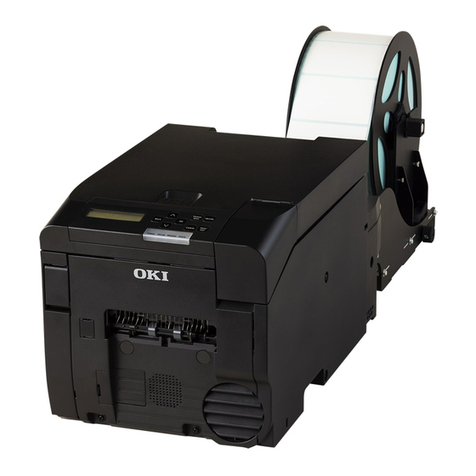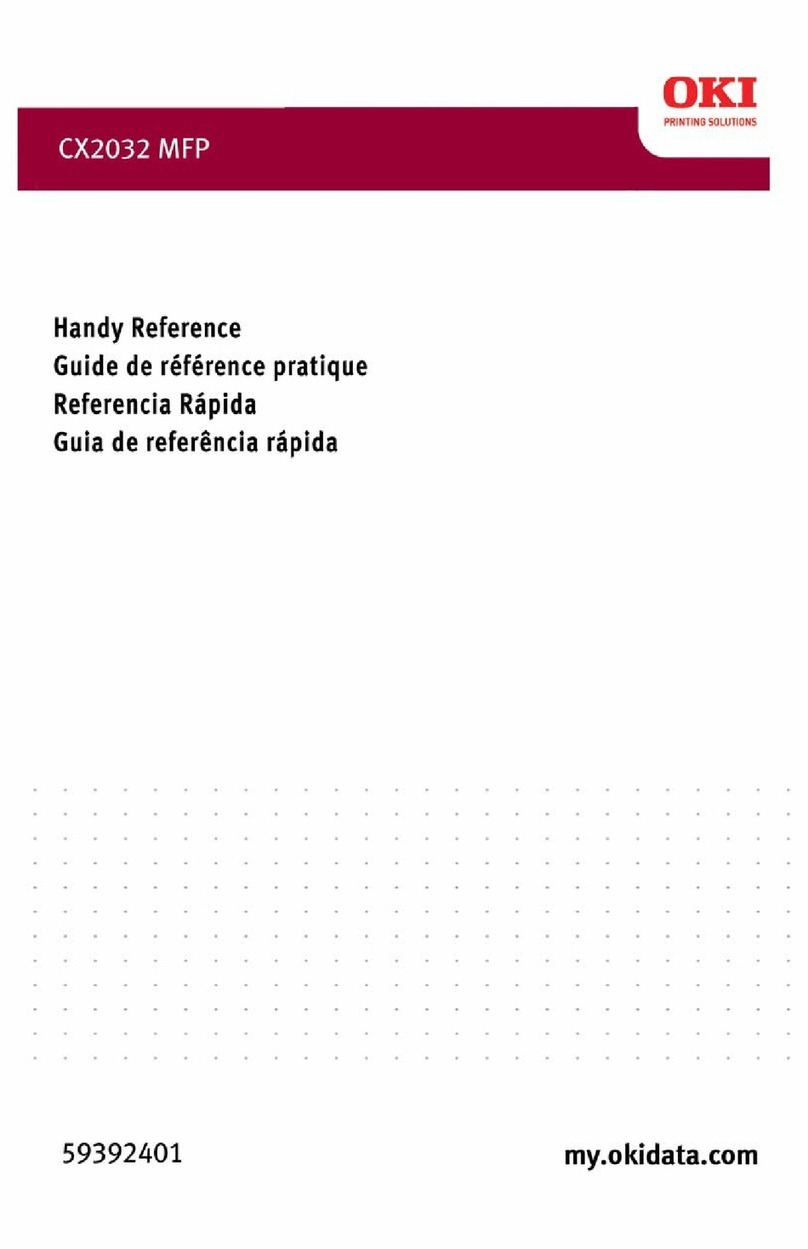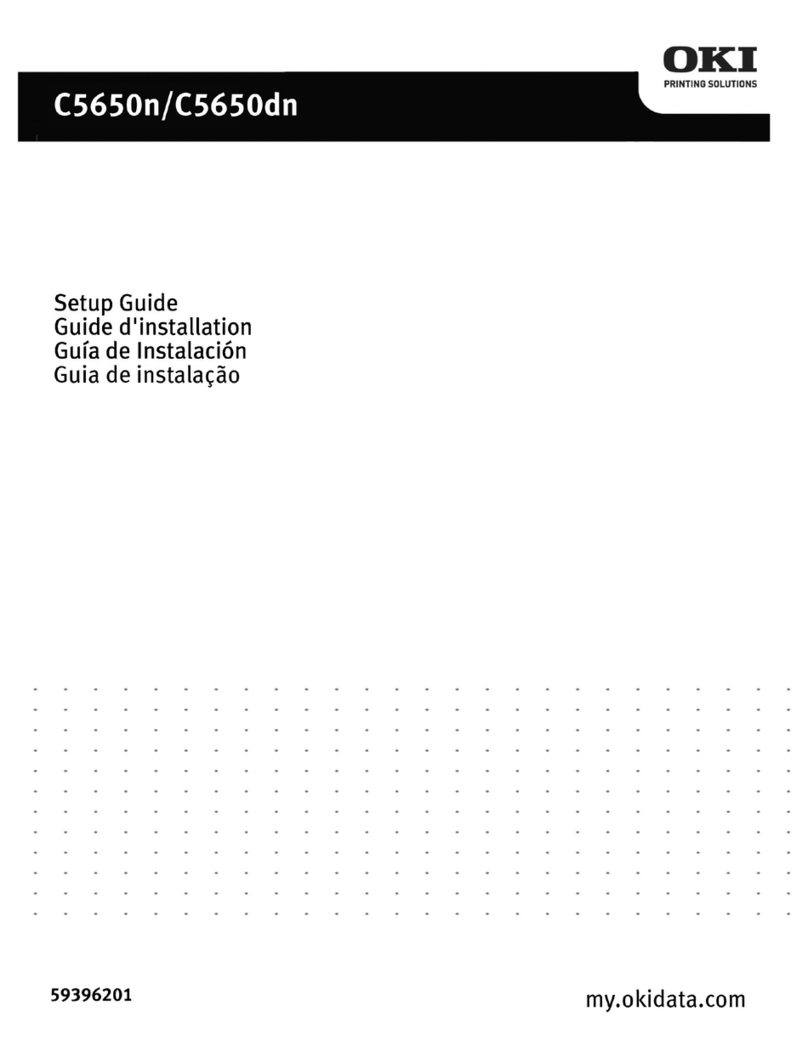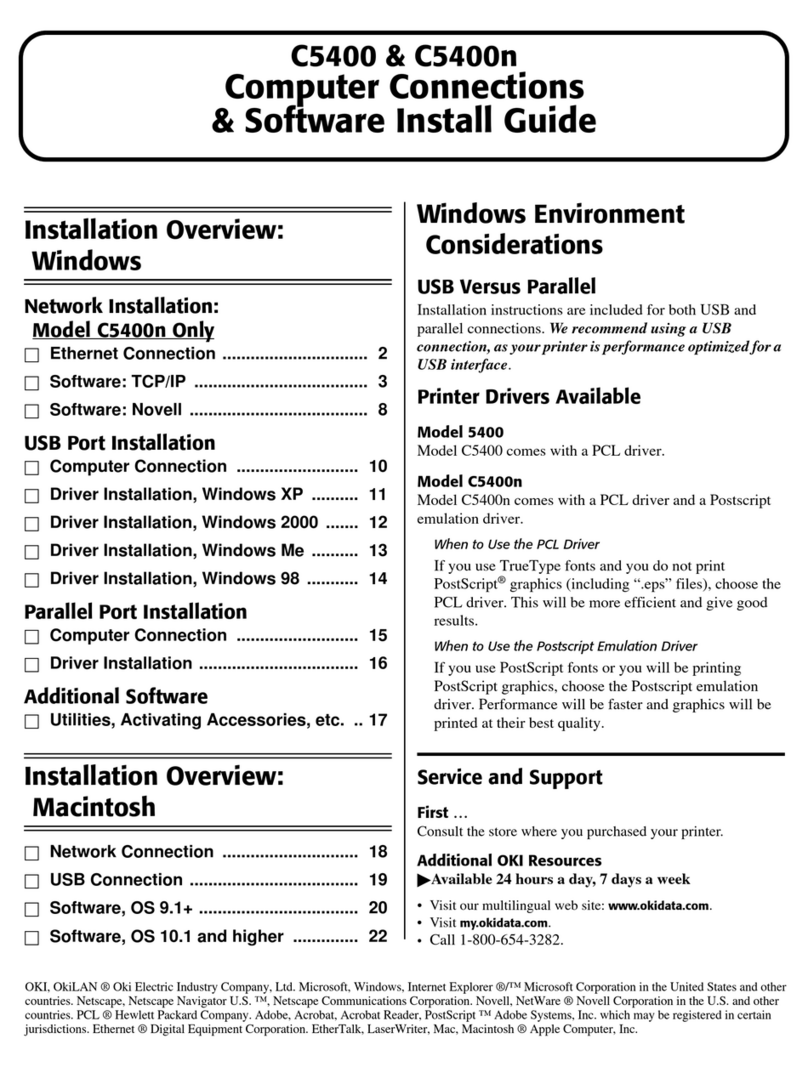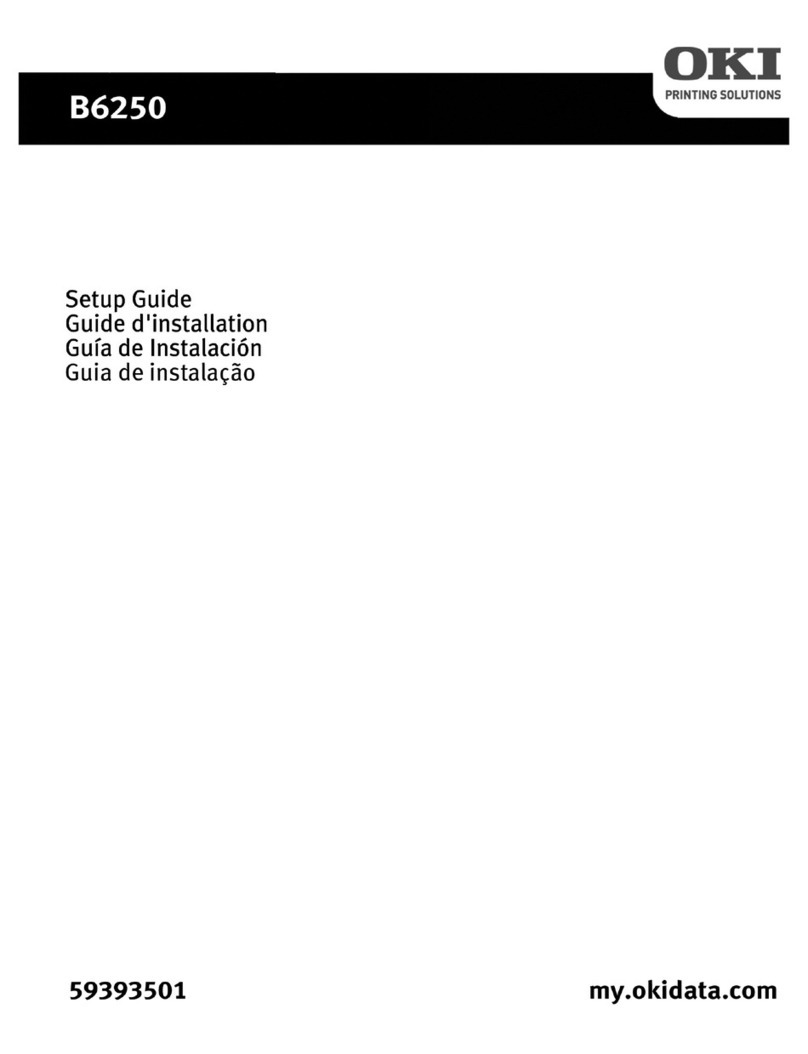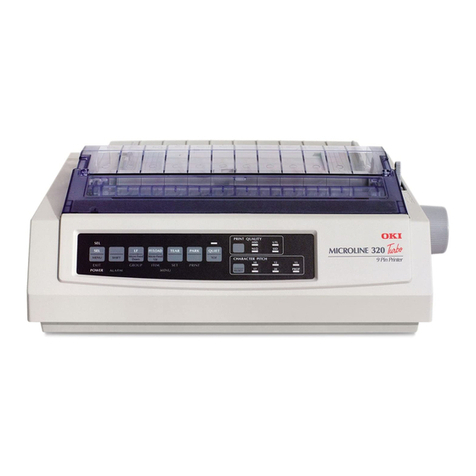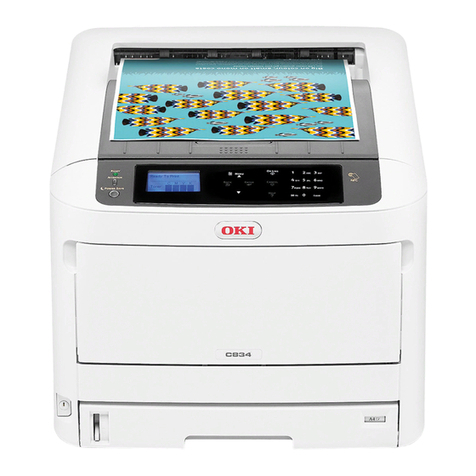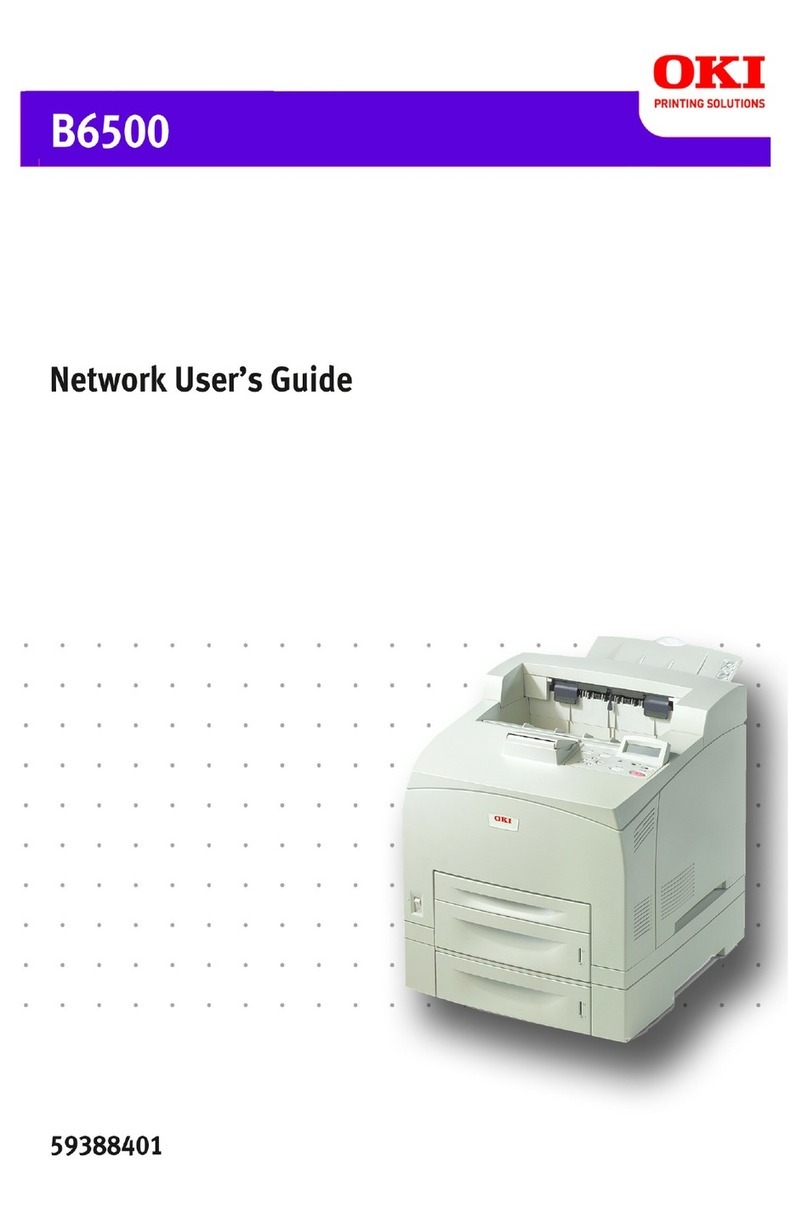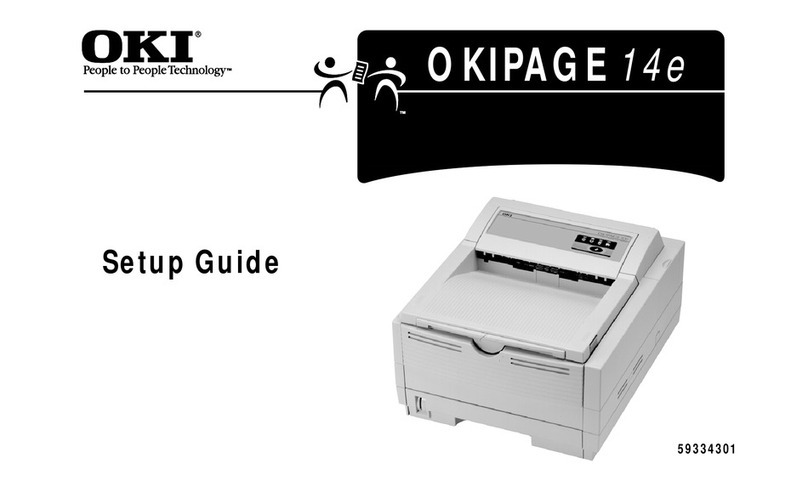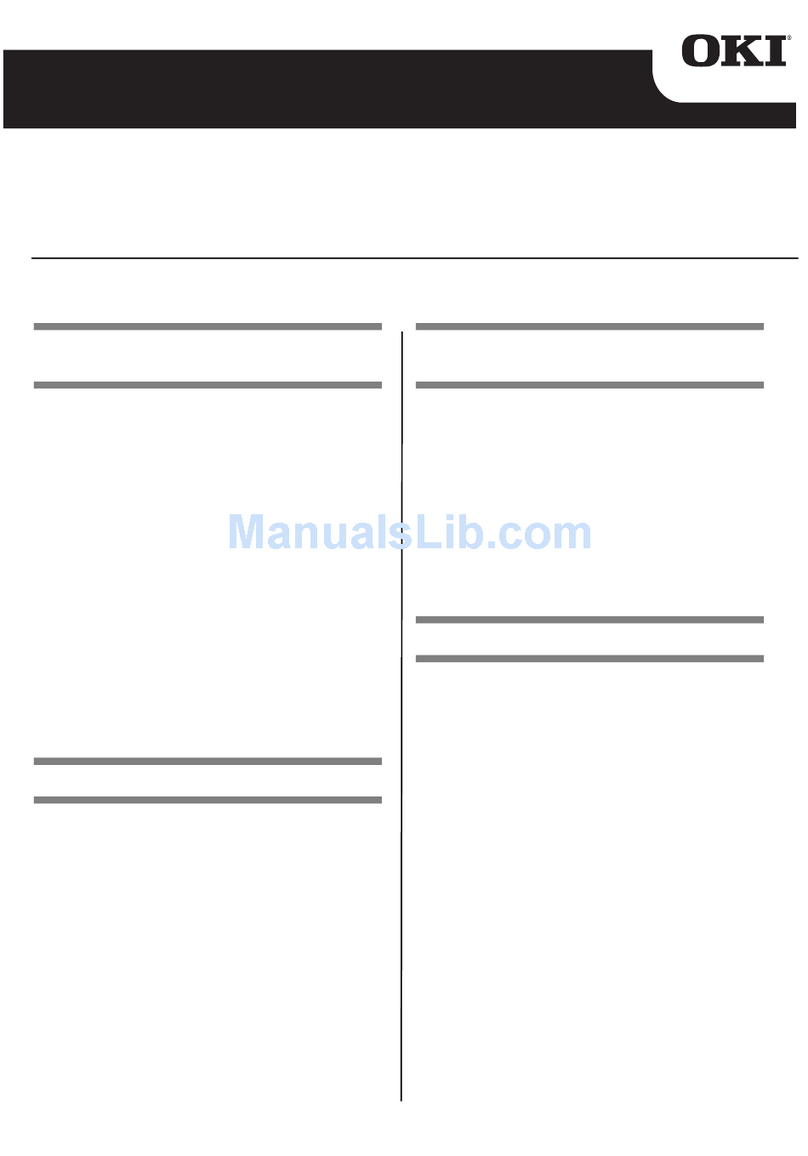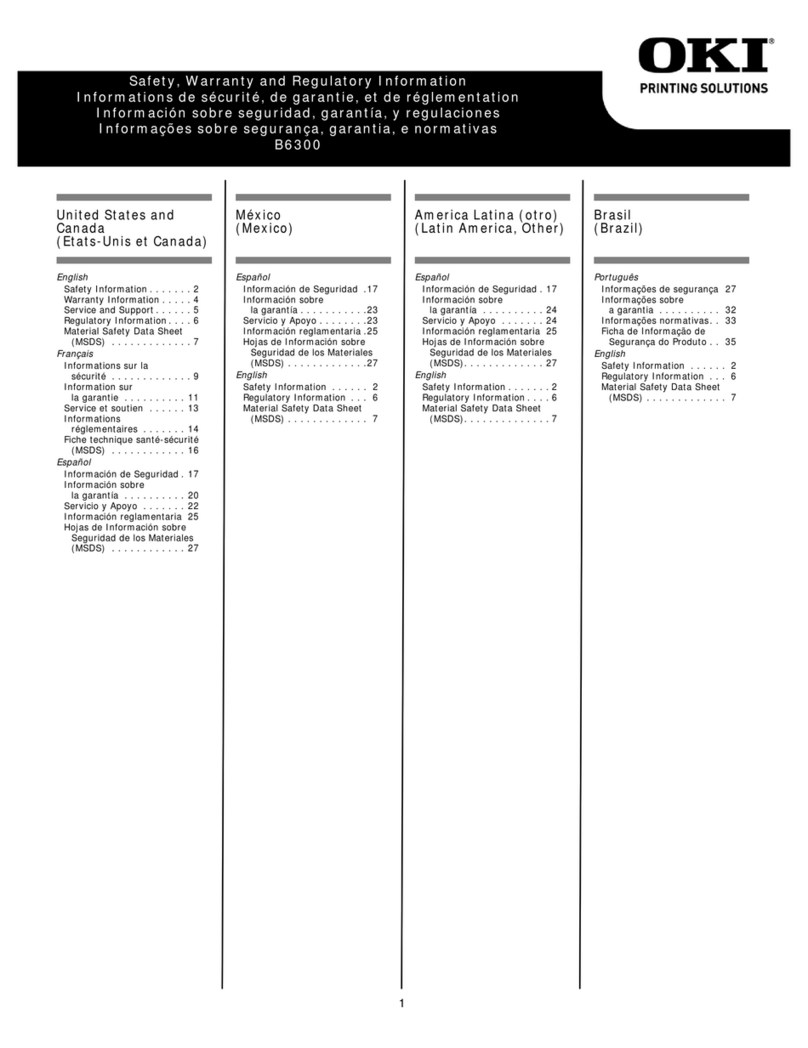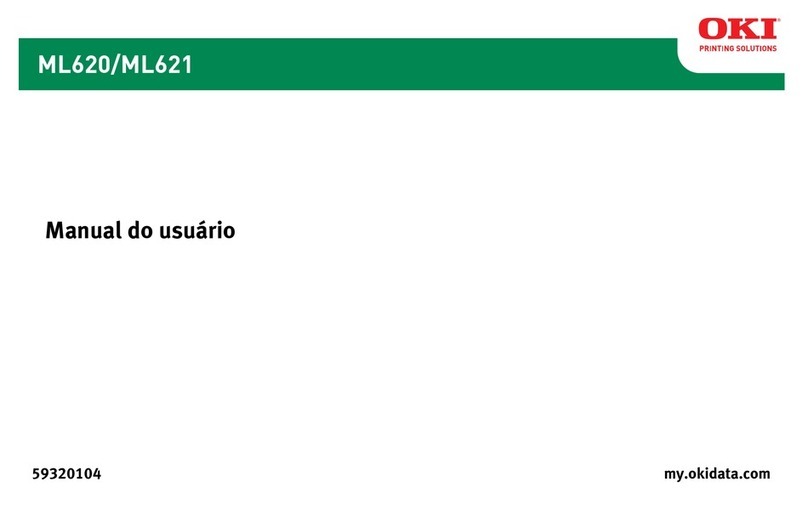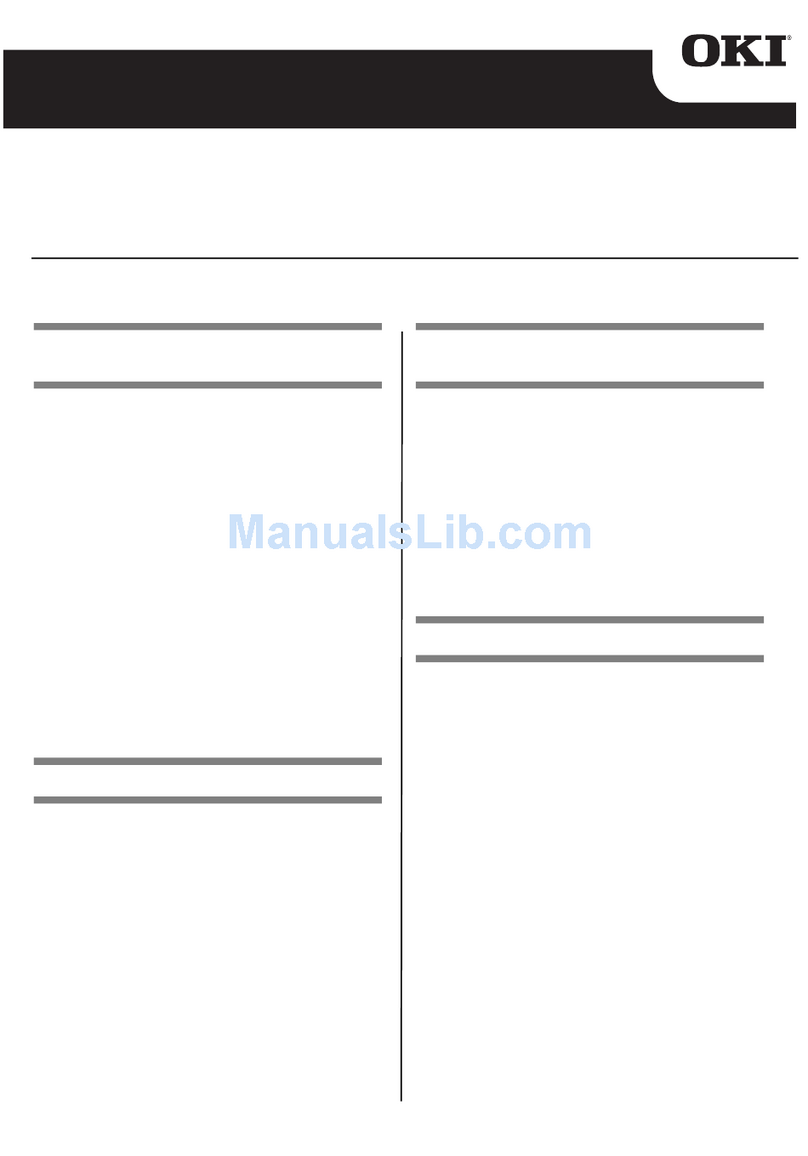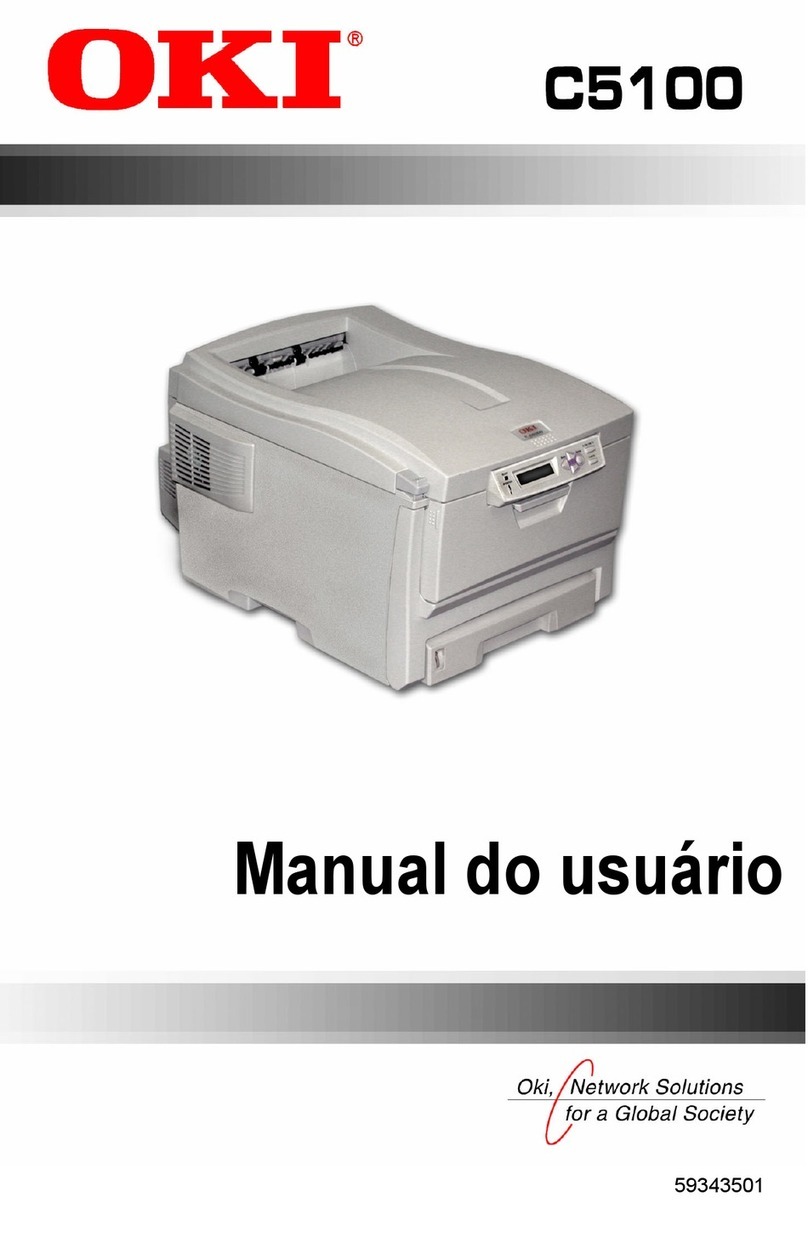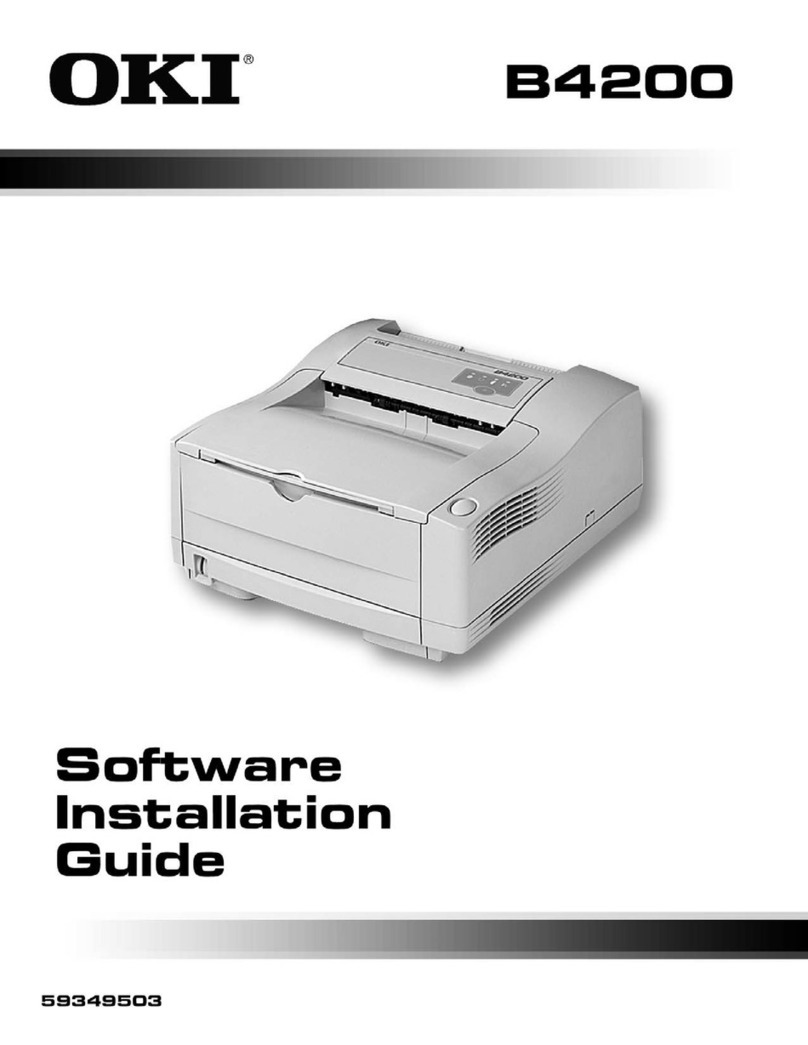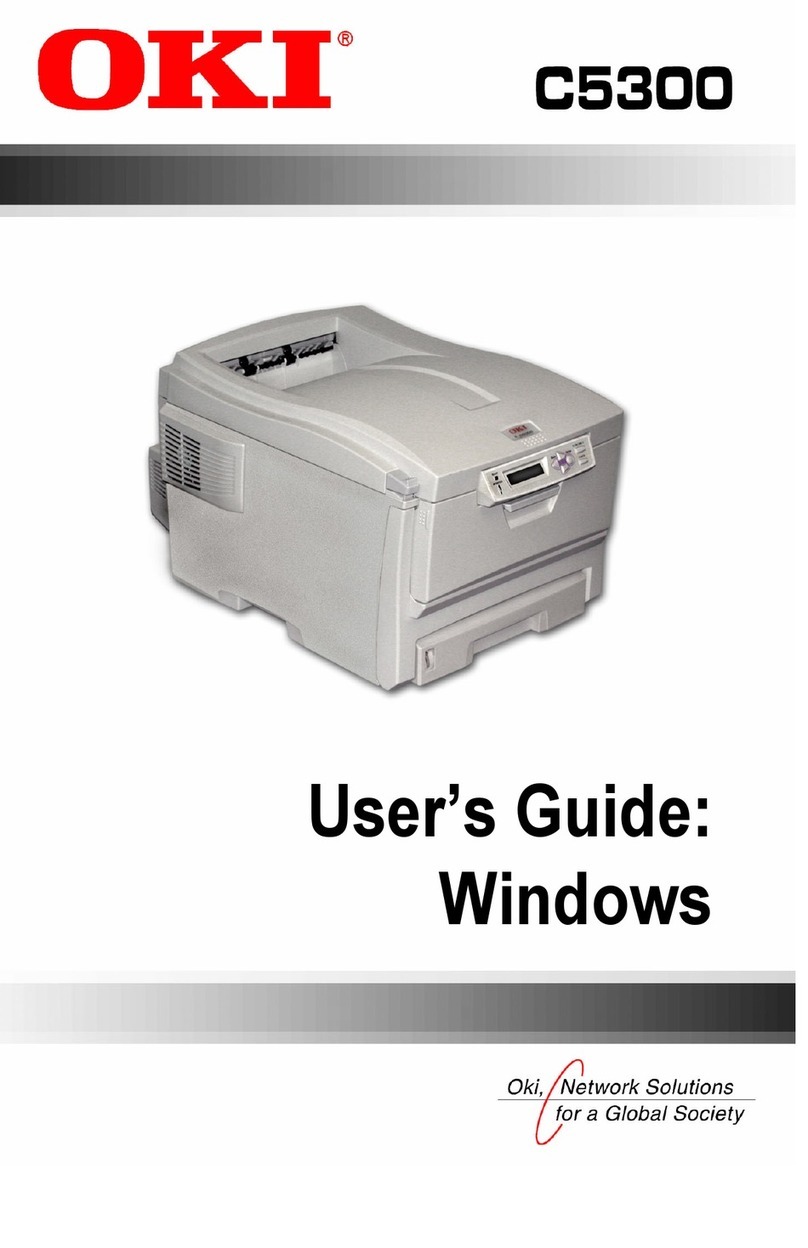
43856301TH Rev.3 4 /
Oki Data CONFIDENTIAL
Index
1. Configuration...........................................................................6
1.1 System configuration............................................................................................7
1.2 The Configuration of printer..................................................................................8
1.3 Optional parts.......................................................................................................9
1.4 Specifications .....................................................................................................10
1.5 Specification of interface ....................................................................................13
1.5.1 Specification of USB interface ....................................................................13
1.5.1.1 General of USB interface.....................................................................13
1.5.1.2 Connector and cable of USB interface.................................................13
1.5.1.3 USB interface signal............................................................................13
1.5.2 Specification of network interface...............................................................14
1.5.2.1 General of network interface................................................................14
1.5.2.2 Connector and cable of network interface...........................................14
1.5.2.3 Signal of network interface ..................................................................14
1.5.3 Specification of parallel interface................................................................15
1.5.3.1 General of parallel interface.................................................................15
1.5.3.2 Connector and cable of parallel interface ............................................15
1.5.3.3 Parallel interface level..........................................................................15
1.5.3.4 Signal of interface................................................................................15
2. Operating instructions..........................................................16
2.1 Electrophotographic processing mechanism......................................................17
2.2 Printing process..................................................................................................21
3. Set up .....................................................................................32
3.1 Notes and precautions........................................................................................33
3.2 Unpack method ..................................................................................................34
3.3 Setting method ...................................................................................................35
Set space................................................................................................................35
3.4 List of equipments and accessories ...................................................................36
3.5 Assembling method............................................................................................37
3.5.1 Assemble the main body of the printer .......................................................37
3.5.2 Cable connect.............................................................................................43
3.5.3 Optional part installation and confirmation..................................................45
3.6 Setting content print (Configuration)...................................................................56
3.7 Connecting method ............................................................................................57
3.8 User used Paper confirmation............................................................................59
4. Component replacement......................................................60
4.1 Precautions on component replacement............................................................61
4.2 Method of component replacement....................................................................63
4.2.1 Belt unit.......................................................................................................63
4.2.2 Fuser unit....................................................................................................64
4.2.3 Left side cover.............................................................................................64
4.2.4 Right side cover..........................................................................................65
4.2.5 Faceup tray ................................................................................................65
4.2.6 Rear cover...................................................................................................66
4.2.7 LED Assy/ LED Assy spring........................................................................66
4.2.8 Control PCB................................................................................................67
4.2.9 Print engine controller PCB.........................................................................68
4.2.10 Top cover Assy............................................................................................69
4.2.11 Top cover ....................................................................................................70
4.2.12 Control panel Assy .....................................................................................70
4.2.13 Board PRG/ LCD........................................................................................71
4.2.14 Frame panel Assy.......................................................................................72
4.2.15 Low voltage power supply/Low voltage FAN/ Hopping motor/
Fuse motor..................................................................................................73
4.2.16 Guide eject Assy/ Color resist Assy/ Board-PRY........................................74
4.2.17 FAN(Fuser) / Belt motor/ High-voltage board/ Cover open switch..............75
4.2.18 MPT Assy...................................................................................................75
4.2.19 Feeder unit/ Board-RSF/MPT hopping roller/ Frame Assy separator/
Cover front ..................................................................................................76
4.2.20 Board-PRZ liftup motor/ Hopping motor/ Solenoid/Paper end sensor........77
4.2.21 Feed roller...................................................................................................78
4.2.22 Shaft eject Assy (FU)/ Shaft eject Assy(FD/ Eject sensor..........................79
4.3 Oiling spots.........................................................................................................80
